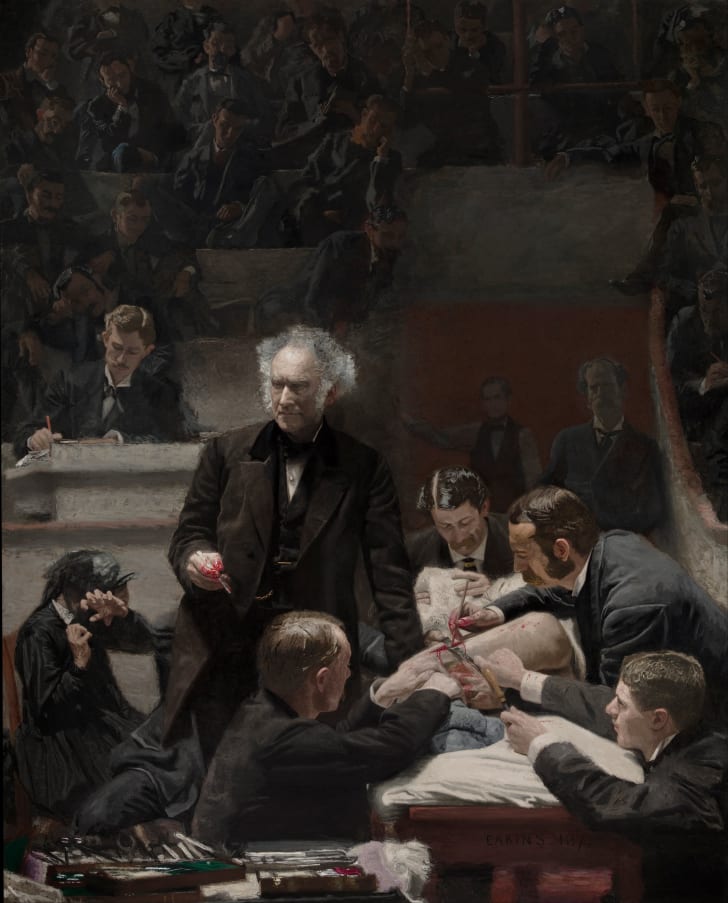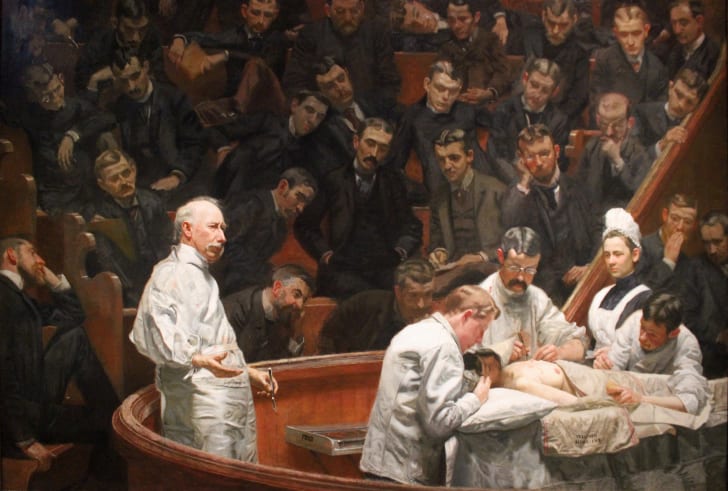Many aspiring doctors dream of the day they can finally flaunt the ultimate symbol of medical legitimacy: the white coat. In fact, it’s such a significant piece of apparel that medical schools hold full ceremonies—aptly called “white coat ceremonies”—to mark the first time incoming students get to don the bright white attire.
But white jackets weren’t always the norm. If you’ve seen a few period dramas set in the 19th century or earlier, you might recall the family physician showing up in a smart black suit. According to Medelita, black made the most sense for figurative and literal reasons alike. Black apparel was considered formal and sober, so it matched the general tone of medical visits. It was also much easier to conceal splotches and stains on a dark garment than a light one.
By the late 19th century, however, doctors and scientists had begun to realize the importance of keeping facilities as clean as possible to prevent bacteria from growing and infectious diseases from spreading. The color white connoted cleanliness, and hospitals started transitioning to white sheets and white garb to reflect their crusade against germs.
As Dr. Mark S. Hochberg explained in a 2007 article for the American Medical Association Journal of Ethics [PDF], the color white stood for something else, too: truth and transparency. The word candor, meaning “frankness” and “freedom from mental bias,” derives from the Latin verb candere, which translates as “to be white and shining.”
Doctors’s sartorial shift from black to white took place pretty quickly, as evidenced by two paintings by American artist Thomas Eakins. In his 1875 work The Gross Clinic, Dr. Samuel Gross and his fellow physicians, all clad in black suits, perform surgery on a man’s leg. Less than 15 years later, Eakins painted The Agnew Clinic, which depicts a different group of doctors—this time, in white shirts and smocks—operating on another patient.


Though white coats help doctors stand out in crowded hospitals, they’ve also been known to negatively affect patients. “White coat syndrome” or “white coat hypertension” describes the rise in blood pressure that some people experience when they step foot inside a doctor’s office or other clinical atmosphere. Some doctors, especially pediatricians, skip the coat at times to help put their patients at ease.
Have you got a Big Question you’d like us to answer? If so, let us know by emailing us at mysterybox@aidthestudent.com.


